Having just one minute to play your entire chess match isn’t conducive to precise play, and it’s rightfully seen as a brain-rotting pastime. But what if I told you the work on my “serious” chess in 2024 crystallized in a massive bullet rating boost—and nothing else whatsoever?
An exercise in graphology
Chess improvement is meant to be a slow and steady process, one of incremental gains and growing understanding, with the feeling that you’re finally uncovering new knowledge after long sessions of calculation and analysis, reaping the rewards in the form of a handful of rating points after a while.
Then there’s bullet chess, the Adderall-addicted stepchild of the royal game.
For those who don’t know, bullet chess is the delightfully degenerate format where the time control nears the speed singularity, with the most common version giving both players just one minute and no bonus time to play out the entire match. As you might expect, this twists the classic game of calculation and strategy and throws some StarCraft APM wizardry, swindles, and gamesmanship into the mix. It’s a bit of a brain rot and one of the first things serious improvers are told to leave behind, which is why I haven’t played any of it at all since last November.
So let me tell you a tale of two graphs. We’re talking chess here; don’t be surprised by something so nerdy. Here’s my rapid rating “progression” on Lichess so far this year:
Looking at this, you’d be forgiven for gleaning a tale of an unimpressive plateau and the encroachment of IRL responsibilities. The funny thing, though, is that I feel like my chess has actually improved a lot over the past year, and I do have some underlying metrics that show I’m not just huffing copium.
I’ve now fully retooled my White openings from 1.d4 to 1.e4, and I’m very happy with my Alekhine on the Black side; my accuracy benchmarks (like average centipawn loss) have improved; and I went from eternal time trouble merchant to someone quite good at controlling the clock in slower time controls—and, honestly, someone who’s playing a bit too quickly in the faster ones.
Words can’t describe the fascinating feeling of “wow, I’m not the one woefully behind on the clock,” but it’s second only to “wow, I’m not the one with the woefully worse position.” I’m sure there’s some overcorrection at play, and I do have some growing professional responsibilities to point to as an excuse. But the bottom line is I wasn’t able to parlay this tangible growth into an increase in rating when it comes to any meaningful chess format.
So, I figured, if I’m playing this much faster than I used to, with little to show for it in consistency, why not dip my toes back into the bullet pool and see where it takes me?
The results were astonishing.
Bullets are the beauty and I don’t know why
Gaining 200 points in a week is nothing short of mega, and it doesn’t even tell the whole story. You see, 2000 was already my once-in-a-lifetime peak in bullet, a rating I strived to reach for a long time, a Herculean struggle, and such a big achievement that I stopped playing once I hit it, thinking it would never get better than that for me.
So, what the hell just happened? (I promise no anal beads were involved.) Really, I need to credit my extensive work on openings for this. I’m not playing gambits or hyper-aggressive stuff, but I have tailored a repertoire that steers the game to open positions I’m comfortable with and sidelines that force my opponents to get out of their comfort zone.
For the first time, I rarely get stumped by an opening line. I don’t have to spend precious seconds trying to grasp a new kind of position—I have familiar ideas and a semblance of understanding of the middlegames that emerge, and those extra 10 to 15 seconds and the one fewer blunder I make along the way make all the difference in this exceedingly silly chess format.
Is everything awesome, then? Not quite. If you want a boring explanation, it’s that bullet ratings on Lichess are significantly inflated compared to the ones in other formats, as evidenced by the fact that this places me near the same place in terms of percentile as my usual blitz, rapid, and classical ones—meaning I was significantly worse at bullet than the rest, and I just finally fixed the disparity. But even if that’s all there is to this, I still see it as a pretty big W now that I’m on the more stable side of 30.
If you had told me a few years ago that this would be the format where I would first breach the 2200 rating barrier, I would have laughed at you. But I suppose there are benefits to biting the bullet ever so often.


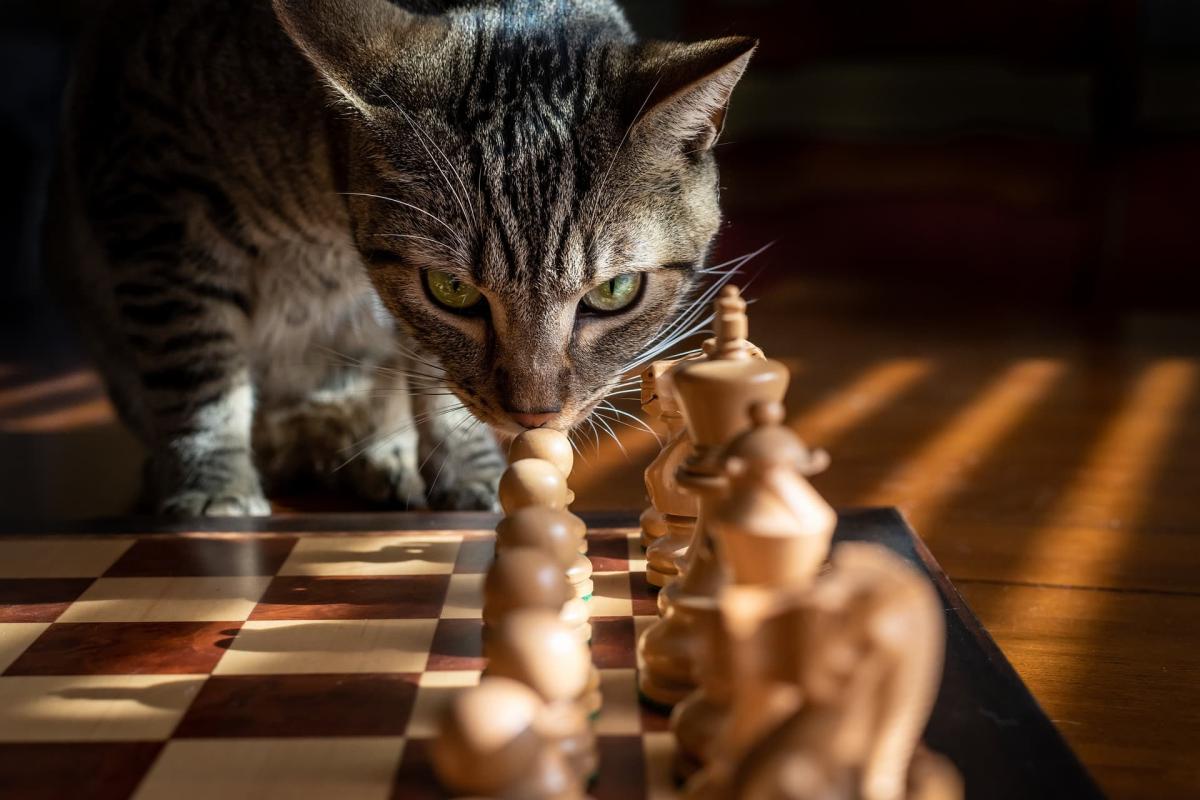

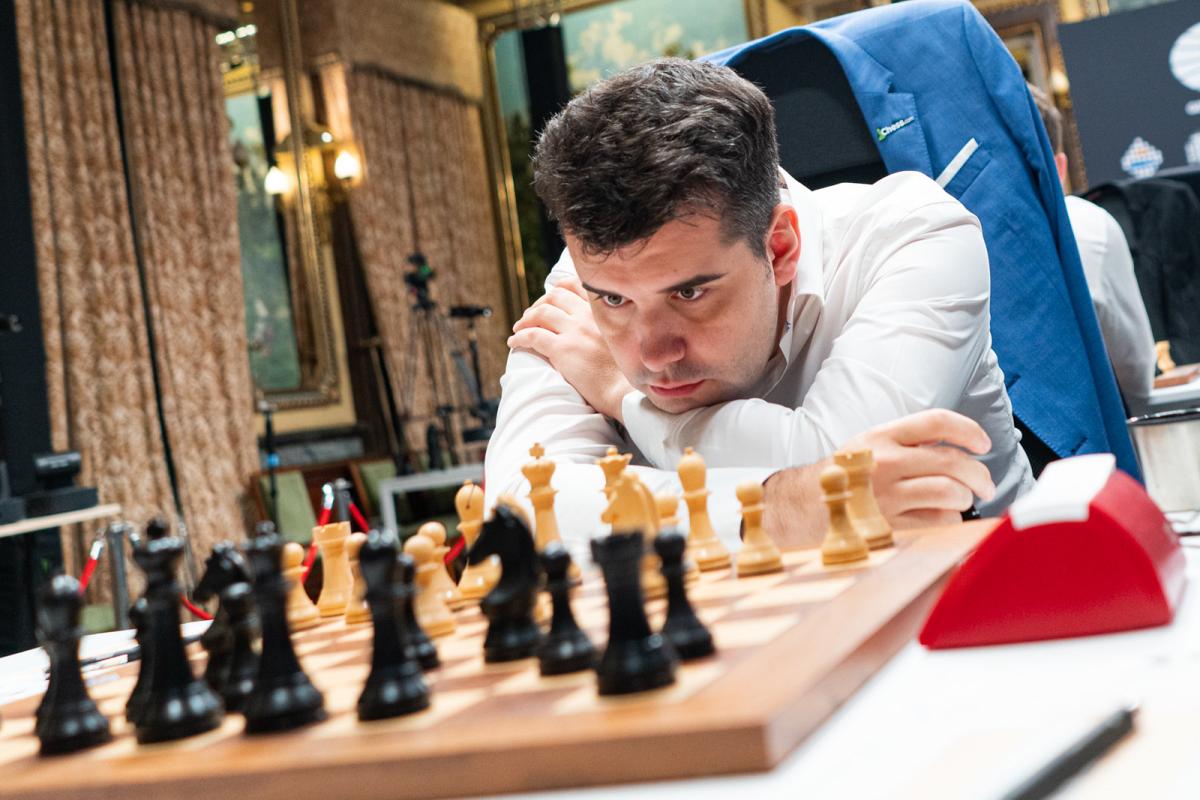
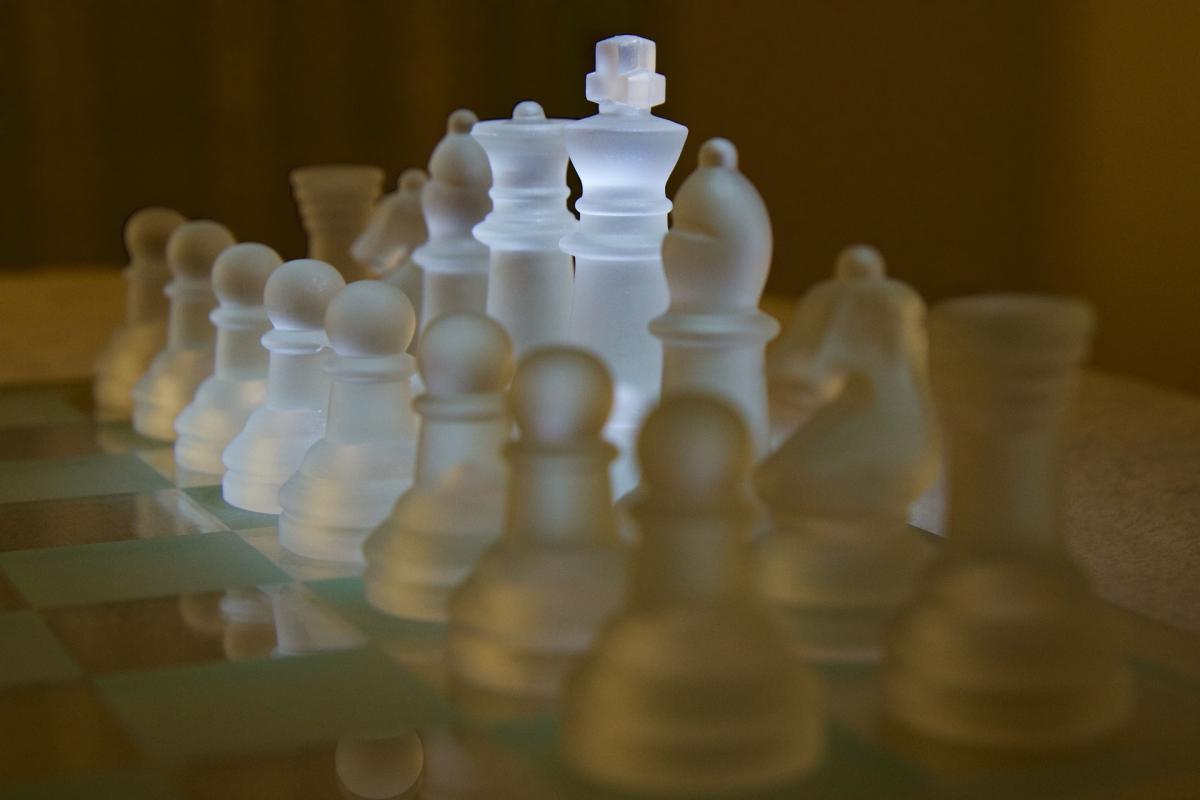

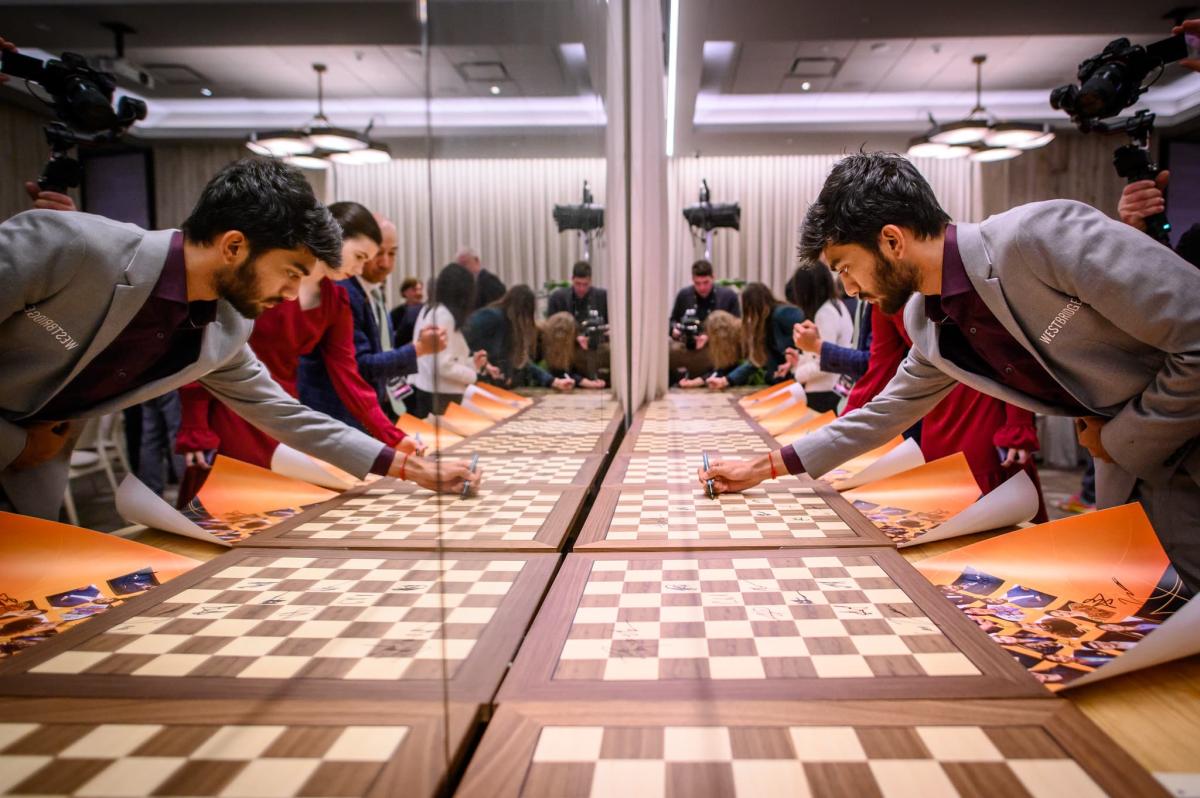

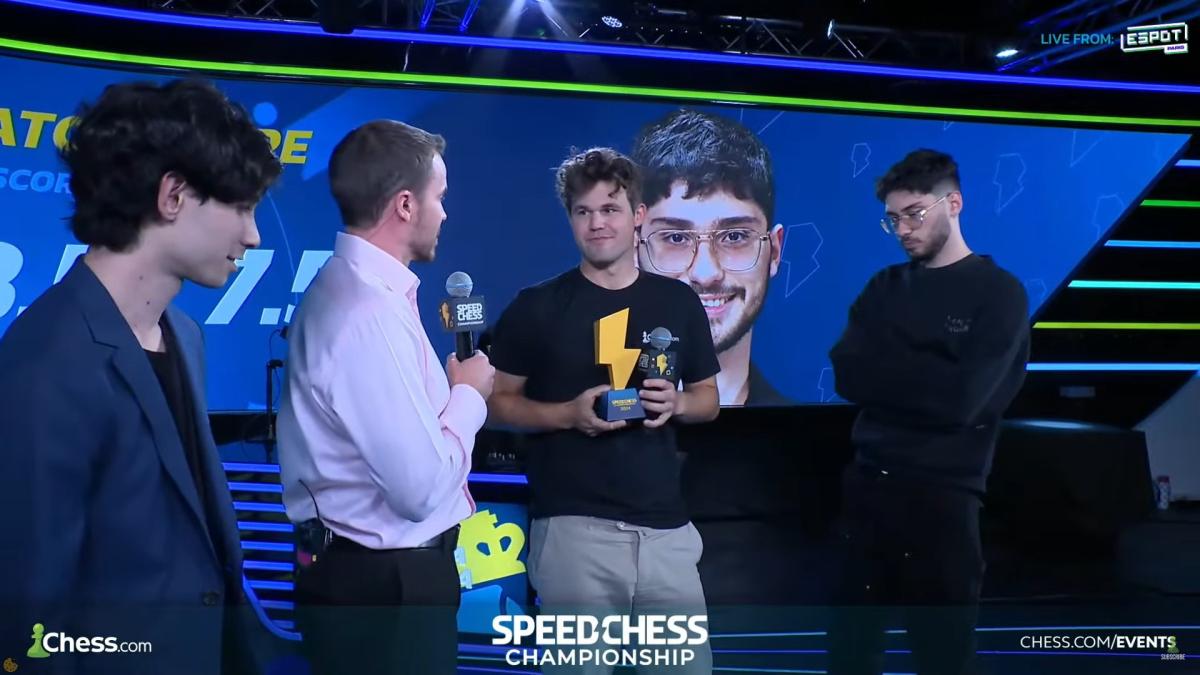
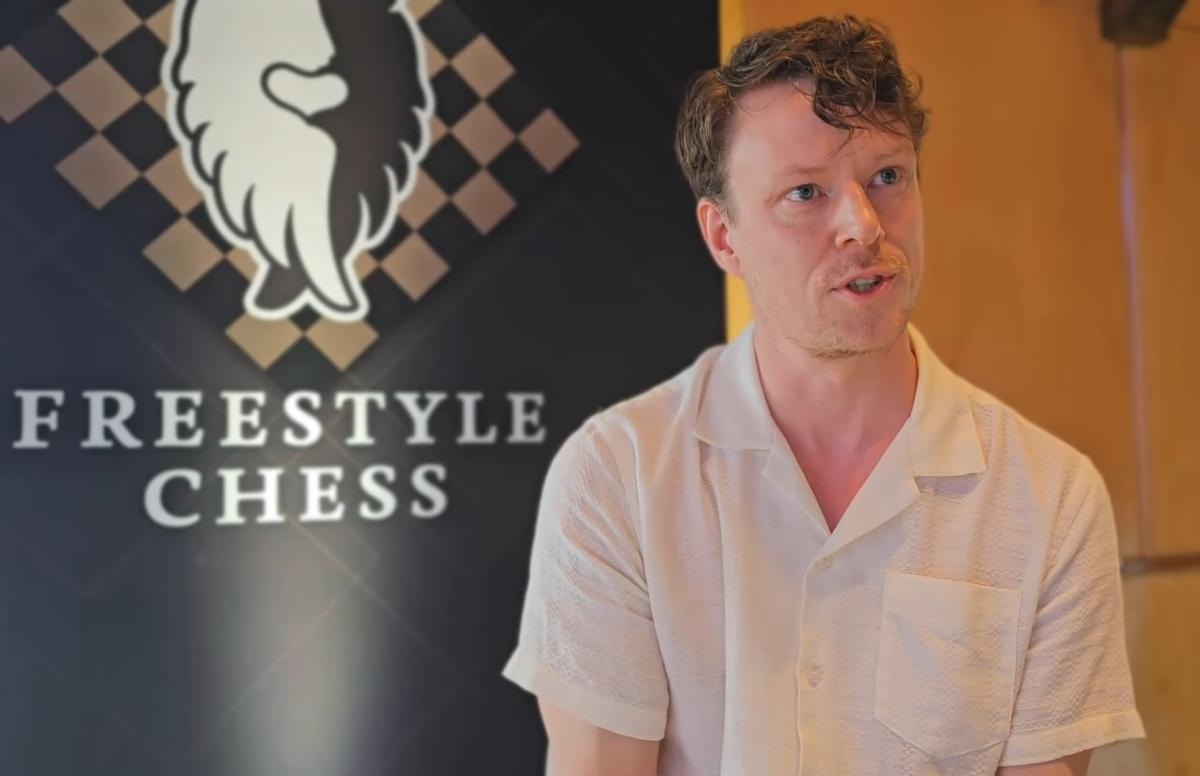

Published: Sep 25, 2024 03:37 pm